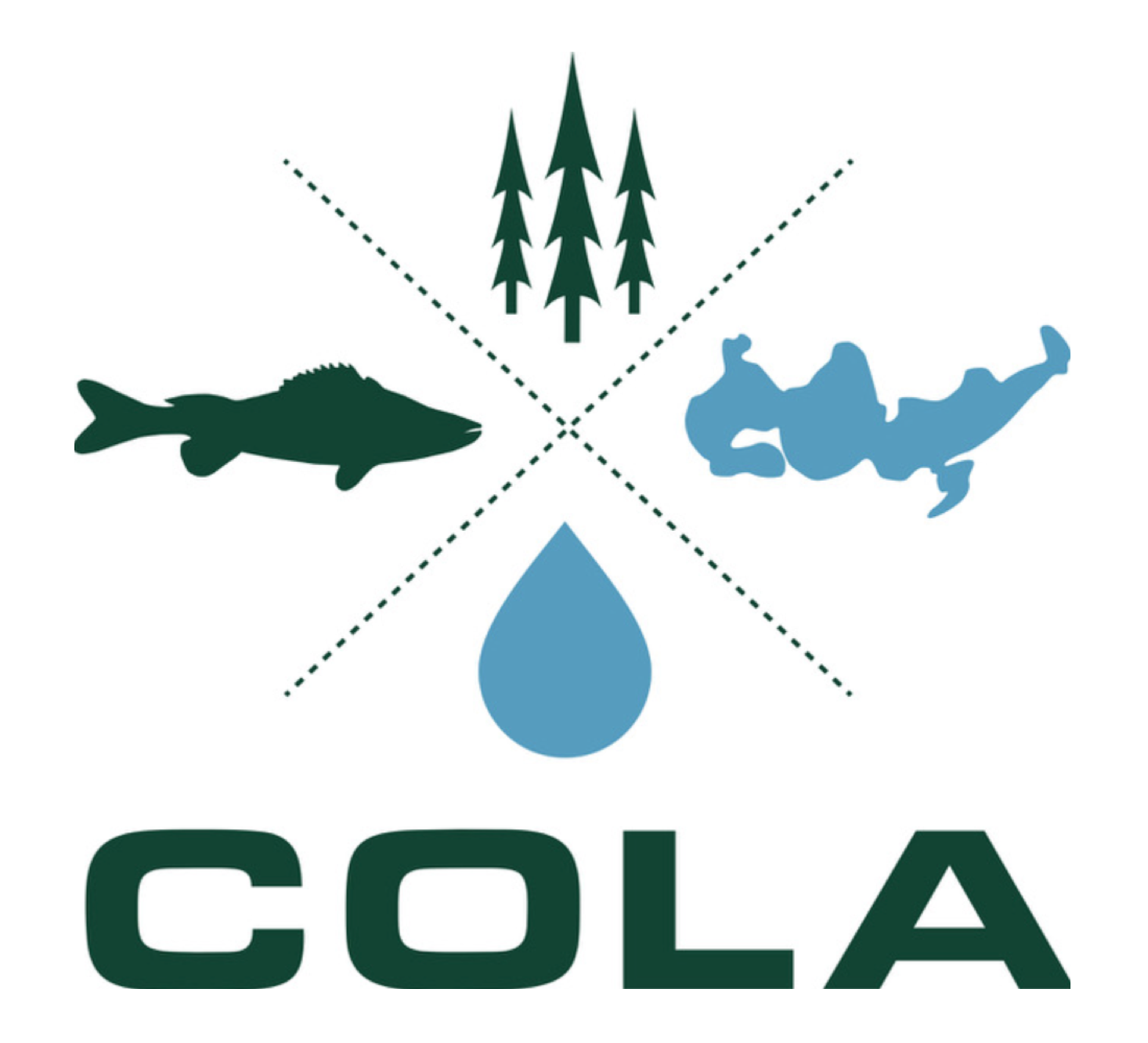Sawyer County Farms and Lakes Reap Benefits of Targeted Assistance
HAYWARD, WI (March 15, 2018) There is one important thing farms and lakes have in common. Soil. Farms need it and the lakes don’t. But, soil doesn’t always stay where it should. Now, a new soil-loss vulnerability study is directing help to those who need it most, parcel by parcel in the Upper Courte Oreilles River Watershed in Sawyer County, including some acreage in Washburn County, too.
Some areas are simply more susceptible to erosion than others. Factors that influence erosion may include soil texture, land use, farming practices, and removal of vegetation on sensitive areas such as steep slopes and shorelines. Regional factors also play a part. Counties in more southern parts of Wisconsin have relatively thick layers of rich topsoil. But, the land in Sawyer County may have only six inches or so of topsoil.
When soil erosion occurs, soil can often enter our lakes and streams. Each soil particle has a coating of phosphorous and or other nutrients that increase the nutrient content of our lakes and streams. This results in algal blooms that eventually deplete the oxygen content of the water and limit the recreation opportunities on our lakes. Reduced oxygen levels in a lake can alter the environment that our native fish need to survive, making our native species more vulnerable to being out-competed and replaced by less desirable species such as carp or other species that can survive in low-oxygen environments.
There is a collaborative effort involving Tim Seidl, with Sawyer County Land and Water Conservation Department, and Ron Spiering, with the USDA’s Natural Resources Conservation Service (NRCS). Seidl and Spiering are working with local growers by reviewing their farming operations and prescribing conservation practices that will both benefit their operations and improve the water quality in the watershed. They are utilizing an Erosion Vulnerability Assessment tool to prioritize areas in the watershed that are the most susceptible to erosion and surface runoff.
In the Upper Couderay River Watershed alone there are over 8,000 acres of farmland that are divided into 328 parcels to evaluate for erosion vulnerability. Where to start? The Courte Oreilles Lakes Association (COLA) funded two scientists from UW Stevens Point who were brought in and worked with Seidl and Spiering, using techniques developed by the WDNR to identify and rank all the parcels according to their level of vulnerability to erosion. They used map-based databases to combine information on elevation, precipitation, crop rotation, crop management, drainage, soil erodibility, and runoff potential into an Environmental Vulnerability Index (EVI). Among other things, this would provide greater direction to prioritize, by location, which parcels to work on first.
There are 44 parcels, or 1,760 acres identified as High to Medium-high vulnerability. The 17 different owners of this land were all contacted. Some of the producers were already implementing an effective conservation system. Seidl and Spiering used the Erosion Vulnerability Index tool to identify areas where they would focus their efforts. Spiering requested $130,000 in Financial Assistance from the NRCS’s Environmental Quality Incentive Program (EQIP). The EQIP program is used to provide financial and technical assistance to producers, aiding in the cost of adopting and installing conservation practices.
“COLA would like to extend its appreciation to the local producers within the watershed that are adopting new conservation practices that will reduce soil erosion and surface runoff. Several producers in the watershed are working hand-in-hand with the Sawyer County Land and Water Conservation District and USDA’s Natural Resources Conservation Service on ways to reduce soil erosion, improve soil quality, and reduce surface runoff into lakes and streams,” Said Kevin Horrocks, COLA president.
Sawyer County and NRCS will continue over the next couple of years to utilize the Environmental Vulnerability Index as they continue to meet with growers, focus on the parcels of land at highest risk, and prescribe appropriate conservation practices that will improve the quality of our environment in the region.
For more information about the Sawyer County Land and Water Natural Resources Management Plan, please visit the COLA website at https://www.cola-wi.org/lake-management-plan.
Learn more about COLA’s efforts to protect the water quality of Lac Courte Oreilles—the fifth-largest natural lake in Wisconsin at 5,030 acres, an Outstanding Resource Water, and a rare, two-story cold-water fishery. As part of this goal, COLA is committed to helping provide the science and lead the way in reducing pollution, to serve not only Lac Courte Oreilles and its watershed, but also other Wisconsin lakes and the organizations that support them. Visit www.cola-wi.org. For questions and interviews, contact COLA at communication@cola-wi.org or call 612-839-8558.
